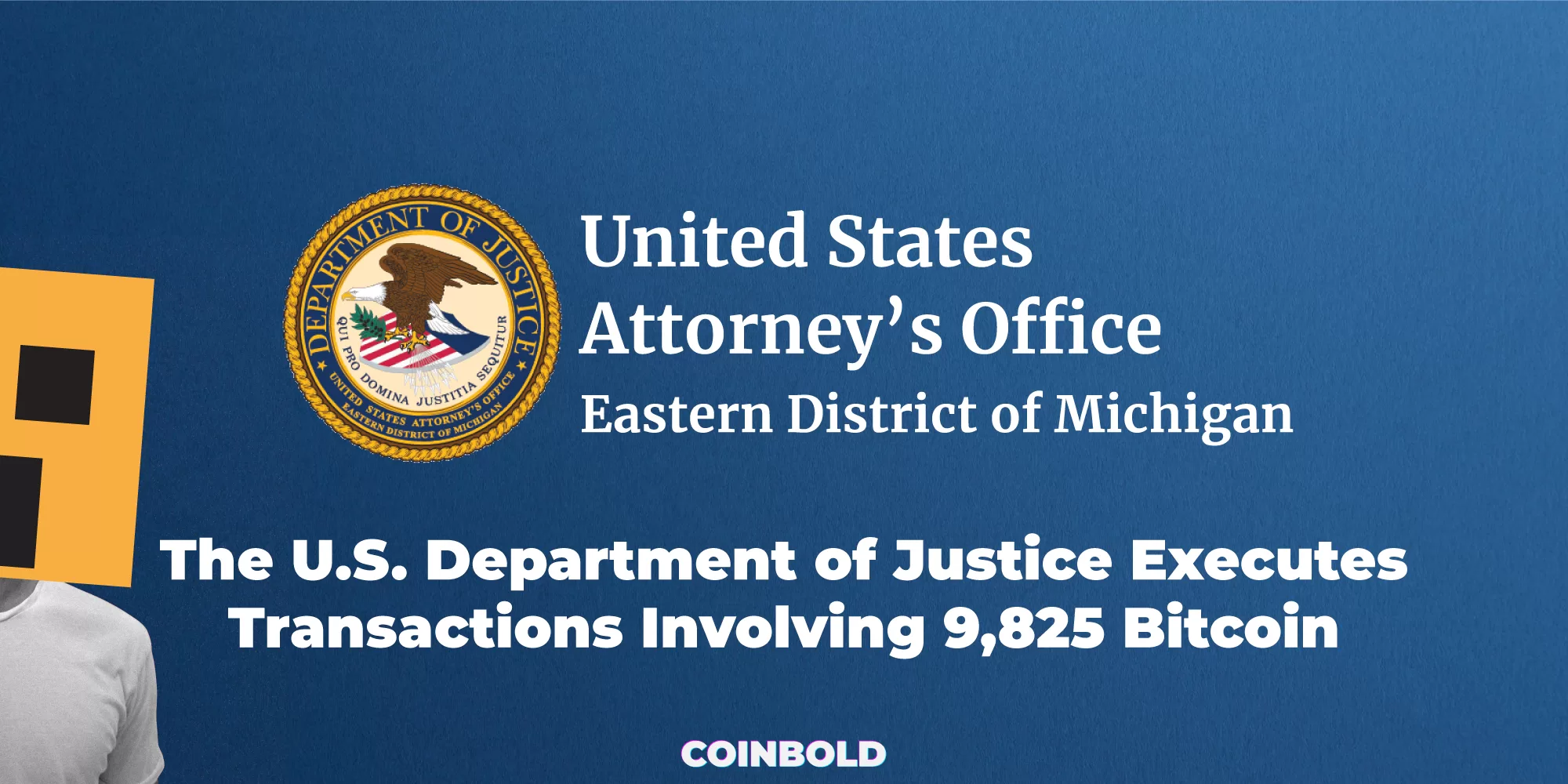The United States Department of Justice (DOJ) has made headlines in the crypto community with a series of transactions involving approximately 9,825.25 Bitcoin, worth around $299 million. These movements have raised questions and speculation about the intentions behind them and their potential impact on the crypto market.
The Mystery Behind the DOJ Transactions
The exact purpose of these transactions remains unclear. It is uncertain whether the Bitcoin has been sent for sale on exchanges or if it is still under the custody of the Justice Department. The secrecy surrounding the movement of these funds has sparked curiosity and intrigue among crypto enthusiasts.
Bitcoin Movements and Fragmentation
On July 12, the initial transactions took place, with 9,825 Bitcoin being sent to three addresses. Of these, a significant portion totaling 8,200 BTC and valued at nearly $250 million was subsequently transferred to a single address. What caught the attention of many was the fragmentation of funds across 101 separate addresses approximately an hour later. The motive behind this fragmentation remains a mystery, leaving observers puzzled about the intentions behind such actions.
Testing Liquidity Strategies
The U.S. government had previously announced plans to sell the remaining Bitcoin from the Silk Road seizure through multiple batch transactions throughout the year. The recent on-chain data suggests that these transactions may be part of liquidity testing strategies. By observing the market response and liquidity conditions, the government can make informed decisions about the best approach to selling off the seized cryptocurrency.
The Silk Road Seizure and Previous Sales
The stash of Bitcoin involved in these transactions is believed to be linked to the largest seizure from the Silk Road marketplace. In November 2022, law enforcement confiscated $3.36 billion worth of BTC after the arrest of hacker James Zhong. The government has been gradually liquidating the seized cryptocurrency, with a previous sale in March amounting to $215 million. They have plans to sell approximately $1.1 billion more throughout the year.
Impact on the Crypto Market
Large movements of funds by well-known holders often have an impact on the price of the asset. Shortly after the DOJ transactions, Bitcoin experienced a brief 0.8% drop in value. However, it quickly rebounded, and at the time of writing, it was trading at around $30,777 per coin, reflecting a 0.8% increase over the past 24 hours. The crypto community continues to monitor the developments closely, as the actions of the U.S. government can have far-reaching implications for the cryptocurrency economy.
Conclusion
The recent transactions executed by the U.S. Department of Justice involving 9,825 Bitcoin have generated intrigue and speculation within the crypto community. While the true intentions behind these movements remain unknown, they indicate ongoing efforts by the government to manage and liquidate the seized cryptocurrency. The impact on the crypto market and the price of Bitcoin serves as a reminder of the influence that major transactions by well-known entities can have on the overall ecosystem.
FAQs
Q1: What is the motive behind the fragmentation of funds in the DOJ transactions? The motive behind the fragmentation of funds into 101 separate addresses remains unknown, leaving observers puzzled about the intentions behind this action.
Q2: How does the U.S. government plan to sell the seized Bitcoin from the Silk Road seizure? The U.S. government plans to conduct multiple batch transactions throughout the year to gradually liquidate the seized Bitcoin, with approximately $1.1 billion more expected to be sold.
Q3: What impact did the DOJ transactions have on the price of Bitcoin? Bitcoin experienced a brief 0.8% drop in value following the DOJ transactions. However, it quickly rebounded, reflecting the resilience of the cryptocurrency market.
Q4: Why is the crypto community eagerly awaiting further updates and clarifications on the DOJ transactions? The actions of the U.S. government and the true intentions behind the DOJ transactions have the potential to reverberate throughout the cryptocurrency economy. Further updates and clarifications are needed to understand the implications fully.
Q5: How does the liquidity testing strategy of the U.S. government work in relation to the DOJ transactions? By executing these transactions and monitoring market response and liquidity conditions, the U.S. government can make informed decisions about the most effective approach to selling off the seized cryptocurrency.


